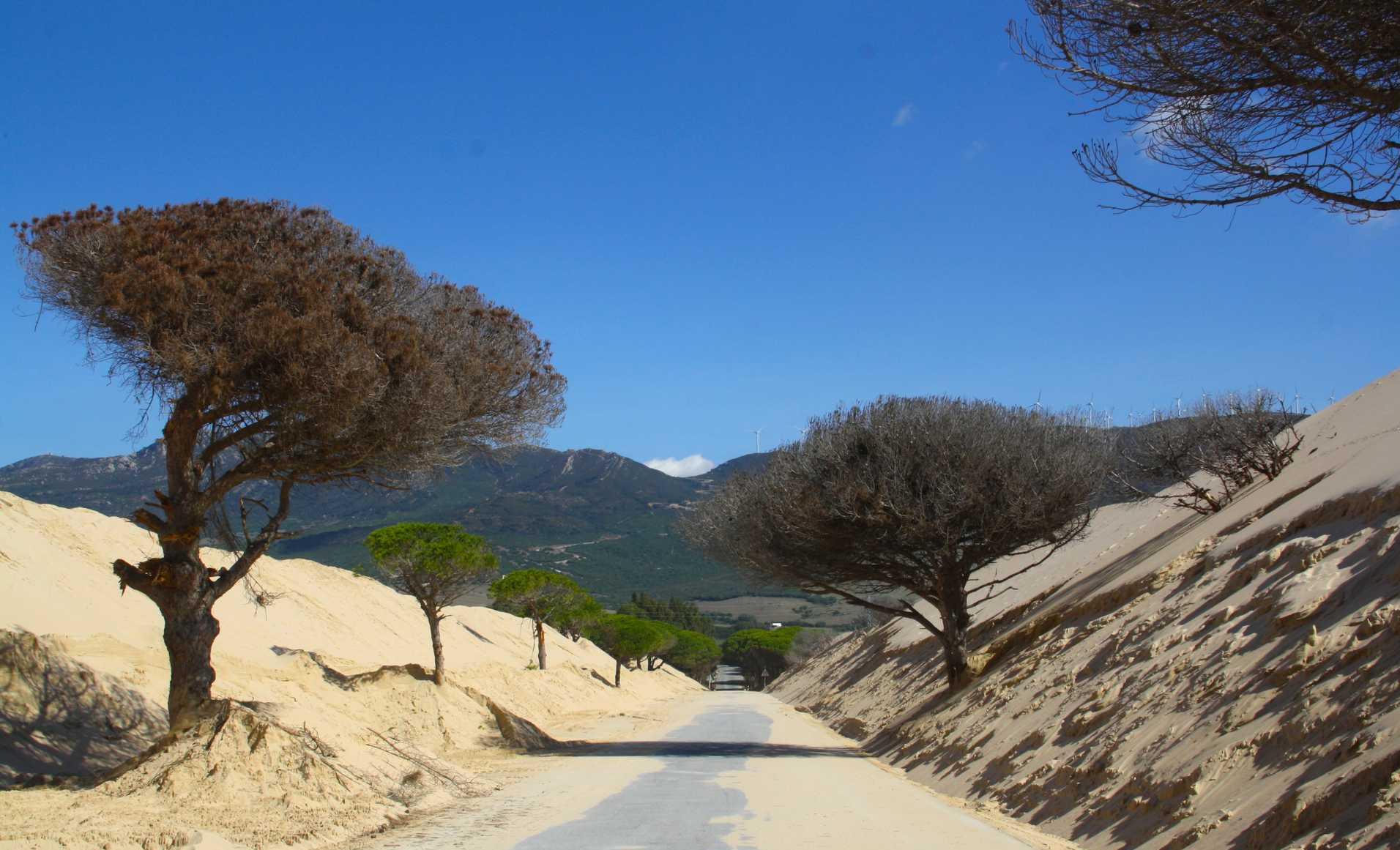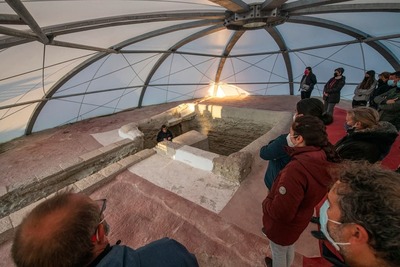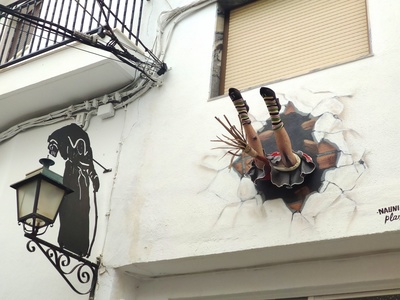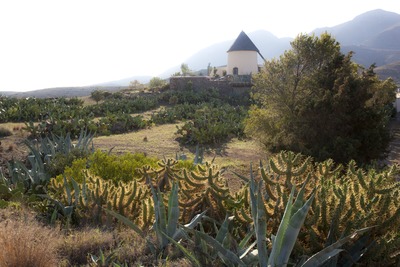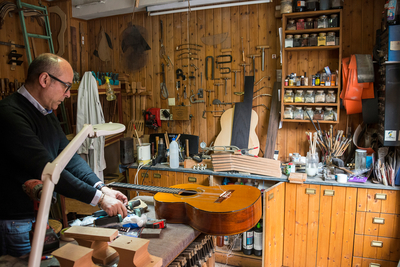The sugar heritage of the Costa Tropical
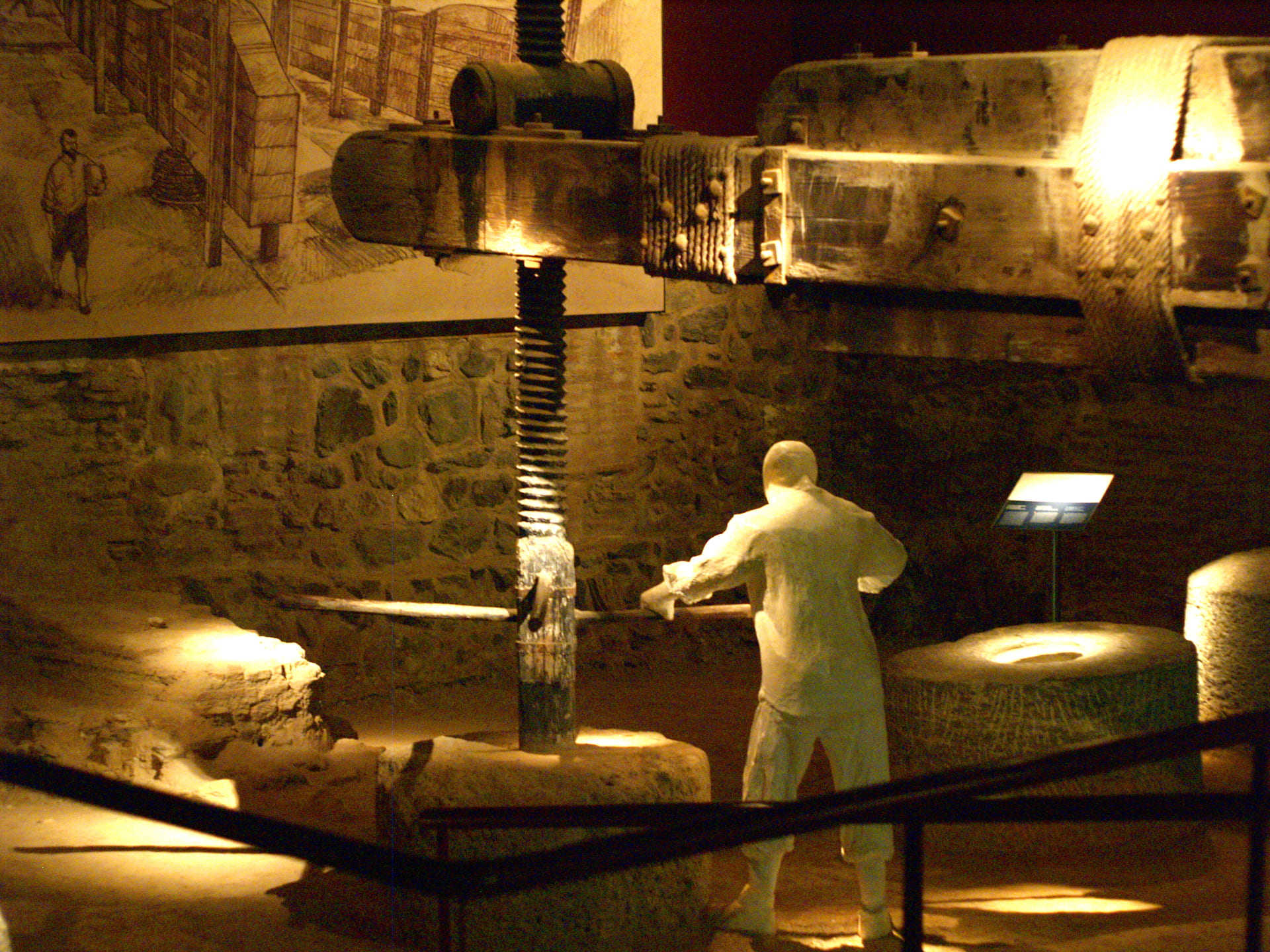
For centuries the mild climate on the coast of Granada enabled the development of a major industry dedicated to the traditional production of sugar by cultivating sugar cane. The Pre-industrial Museum of Sugar Cane in Motril and the buildings of the Nuestra Señora del Rosario (Salobreña), Santa Juliana (Armilla) and Nuestra Señora del Pilar (Motril) Sugar Factories attest to the historical importance and the economic, social and cultural significance of this method of production.
In al-Andalus, specifically in what would later become the Kingdom of Granada, there is data referring to the cultivation of sugar cane since the 10th century. Sugar was obtained using traditional methods, in a pre-industrial mill, which was a very specific type of mill. Although production declined when the industry was transferred to the Caribbean, the 18th century brought a certain recovery in activity that continued until the mid-19th century, when traditional sugar mills, which were smaller than the latest sugar mills, were recovered and new sugar mills were built. In 1860 there were up to seven sugar factories operating in Motril, all equipped with industrial technology. But with the arrival of the 20th century there was a decline in the cultivation of sugar cane, giving way to the extraction of sugar from beets.
In the Granada coast people still remember how the atmosphere was full of ash after setting fire to the cane fields. This procedure is actually an essential feature of harvesting the crop, since the last phase, the harvest, involves setting it on fire to make it easier to cut. The renowned "zafra" or "sugar cane harvest" was hard, manual work undertaken with a machete and was symbolic of the era and the architecture.
In Motril, the Pre-industrial Sugar Cane Museum is located in La Casa de la Palma, a 16th-century mill. The display involves a recreation of the sugar manufacturing phases: the grinding area, the press room, the kitchens and refining rooms, where the "formas" or sugar loaves were obtained. What visitors find most impressive is the wooden press, mounted on the original stone structures, and the construction of a two-hammer hydraulic mill, reproduced using documents dating from 1641.
All has not been lost with regard to this great industrial tradition. Built by Joaquín Agrela in 1861, Nuestra Señora del Rosario, in Salobreña, it became the oldest operating factory in La Vega and the only sugar cane factory in Europe. On the coast you can still taste an exquisite local rum, made from sugar cane. A glass of rum at dusk in the fertile plain of Motril, when the sun disappears behind the coastal horizon, can you imagine that?




